Quality Control and Testing Methods for Phenolic Foam Board Installation
2025-06-18 11:40:19
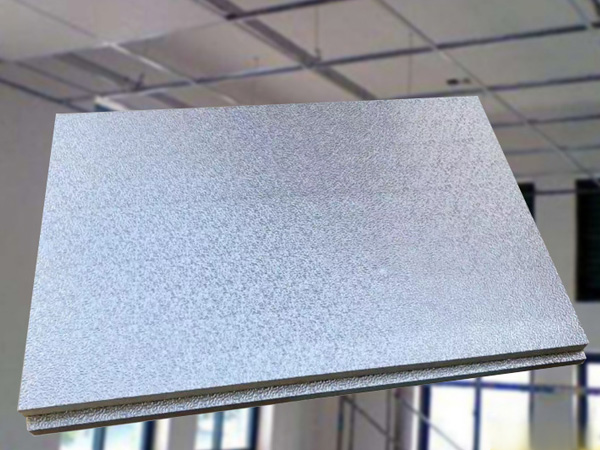
Quality Control and Testing Methods for Phenolic Foam Board Installation
1. Key Quality Control Measures
To ensure optimal performance, the following must be strictly monitored during installation:
Material Inspection
Verify density (typically 40–60 kg/m³), thermal conductivity (0.018–0.025 W/m·K), and fire rating (Class A/B).
Check for surface cracks, delamination, or moisture absorption before use.
Storage & Handling
Store in a dry, shaded environment to prevent UV degradation.
Avoid mechanical damage during transport (e.g., bending, impact).
Installation Best Practices
Adhesive Application: Use compatible glue (e.g., polyurethane-based) for full-surface bonding to prevent air gaps.
Joint Sealing: Gaps >2 mm must be filled with foam sealant or tape to avoid thermal bridging.
Mechanical Fixing: Use corrosion-resistant fasteners (stainless steel) for outdoor/chemical environments.
2. Critical Testing Methods
In-Situ Thermal Resistance Check
Infrared thermography to detect cold spots or insulation voids.
Water Absorption Test (ASTM C272)
Immerse samples for 24 hours; absorption should be <5% by volume.
Compressive Strength Test (ASTM D1621)
Ensure boards meet ≥100 kPa for wall applications, ≥250 kPa for floors.
Fire Performance Tests
Flame spread index (ASTM E84) and smoke density (UL 723) verification.
3. Common Defects & Solutions
Defect
Cause
Remediation
Panel warping Improper storage Replace, ensure flat stacking
Poor adhesion Incorrect adhesive Reapply with compatible glue
Thermal bridging Unsealed joints Fill gaps with backer rod + sealant
4. Post-Installation Audit
Conduct airtightness testing (e.g., blower door test) for building envelopes.
Monitor long-term moisture content (hygrometer probes in high-humidity zones).
Note: For chemical plants/cryogenic use, additional corrosion/thermal cycling tests (e.g., ASTM C591) may be required.
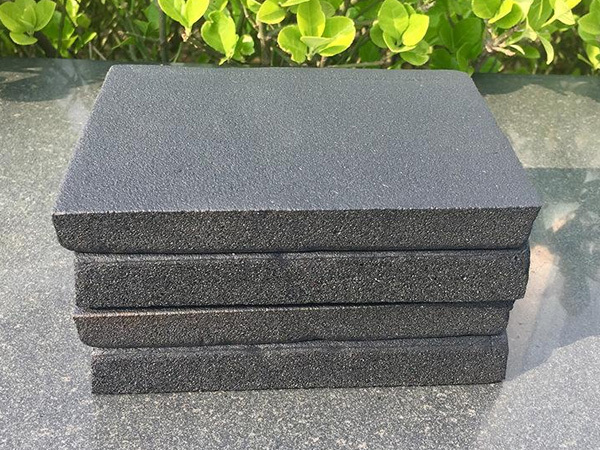
OurFlame Retardant Rubber Foamis a premium closed-cell elastomeric insulation material engi...
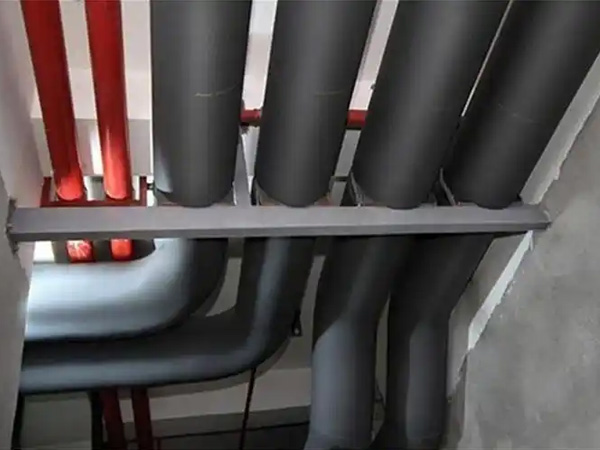
OurRubber Pipe Insulationis a high-performance solution designed specifically for HVAC pipi...
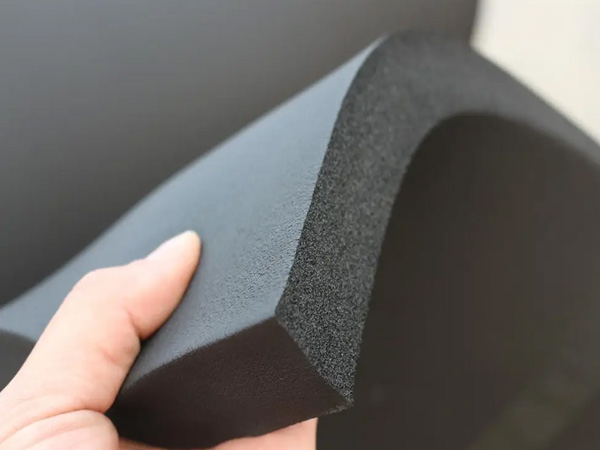
Rubber Foam Insulation Sheet – Product Introduction Premium Flexible Insulation for Therm...
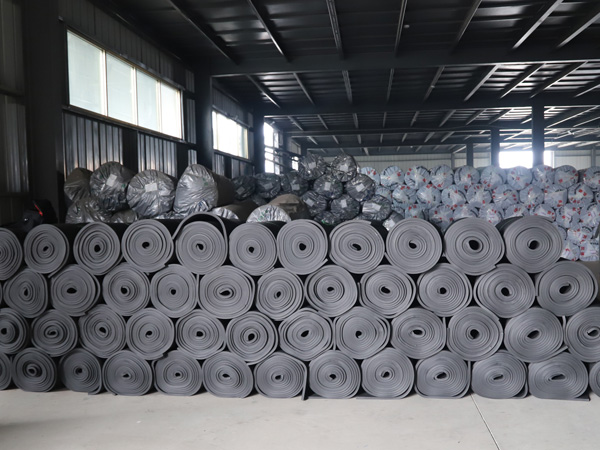
Specially engineered for refrigeration applications, ourElastomeric Rubber Insulationprovid...



